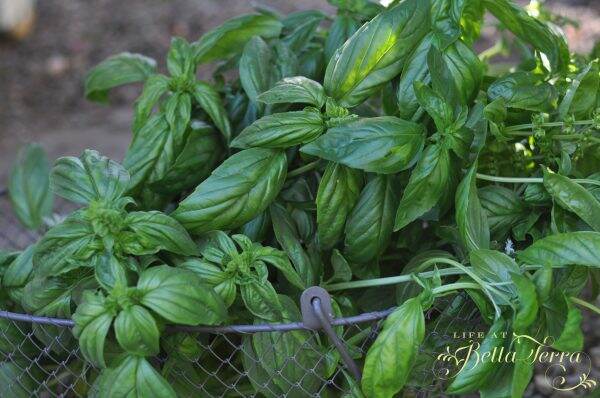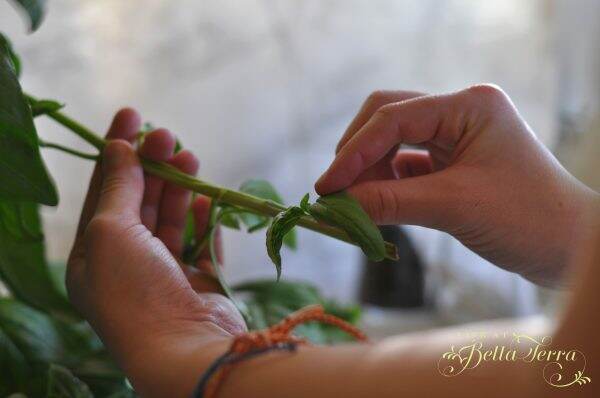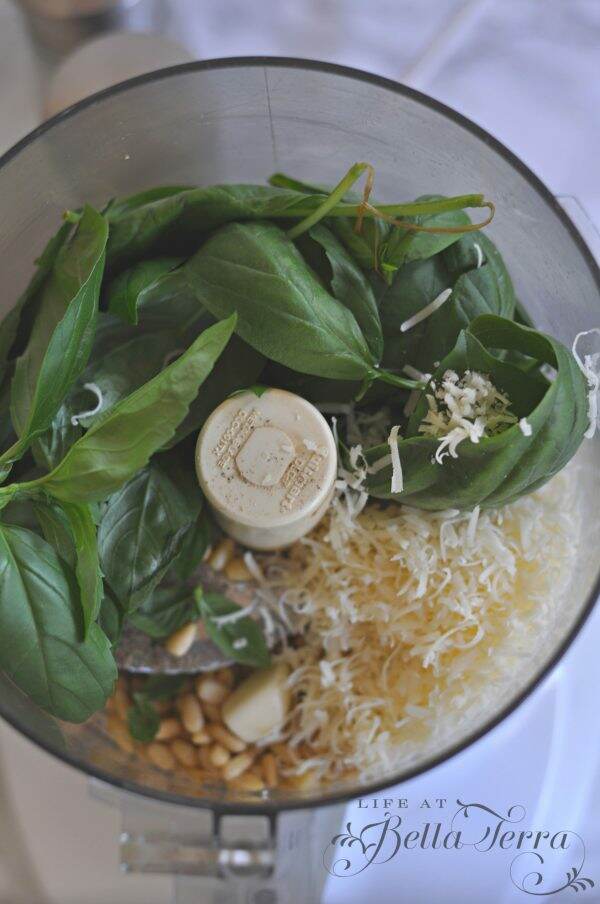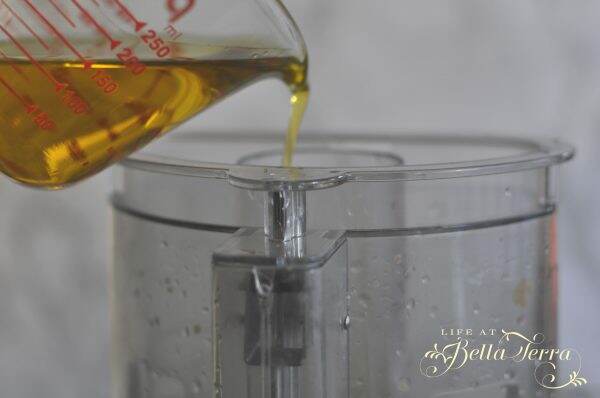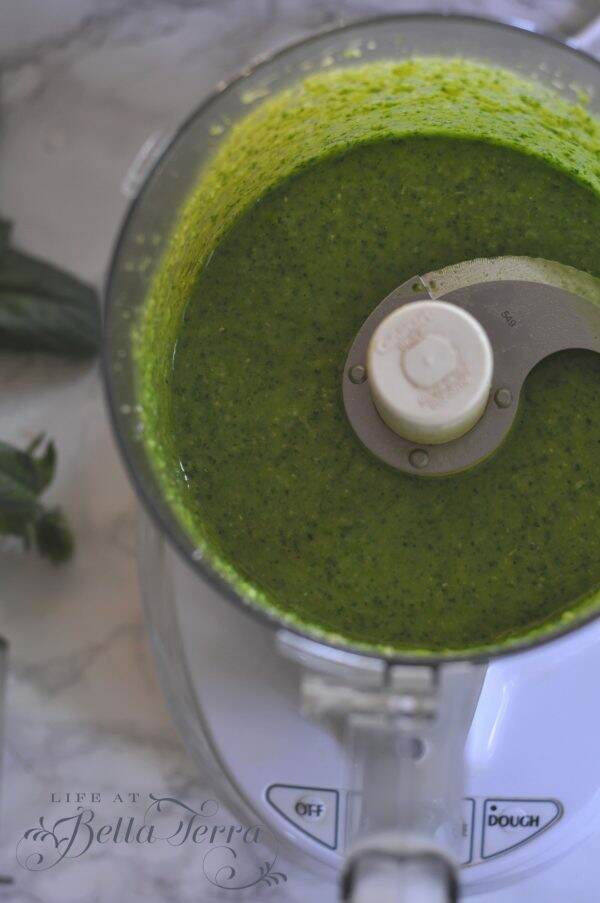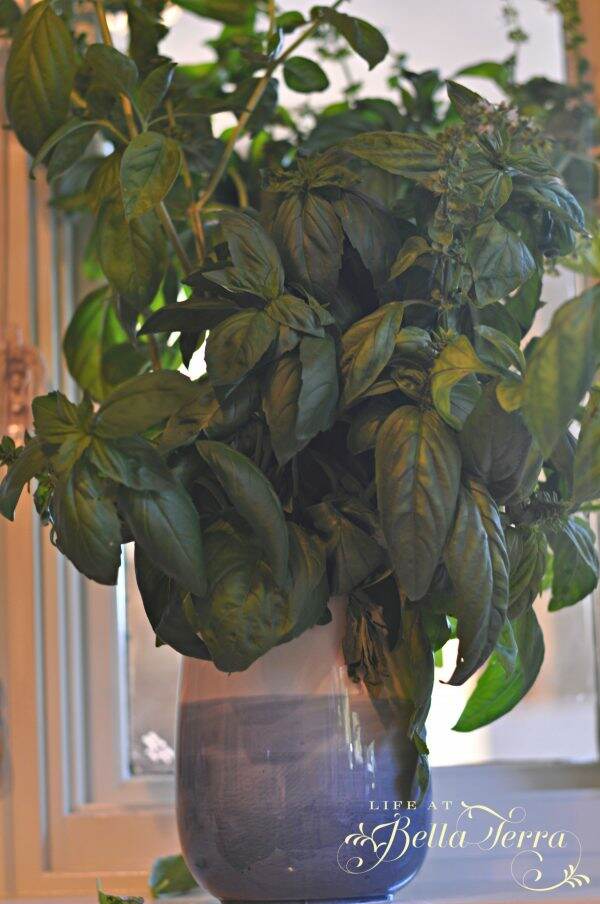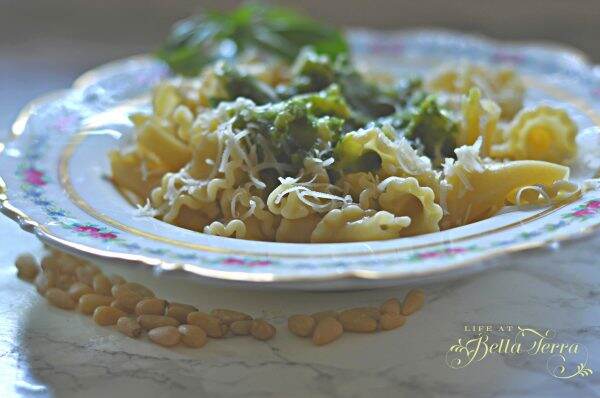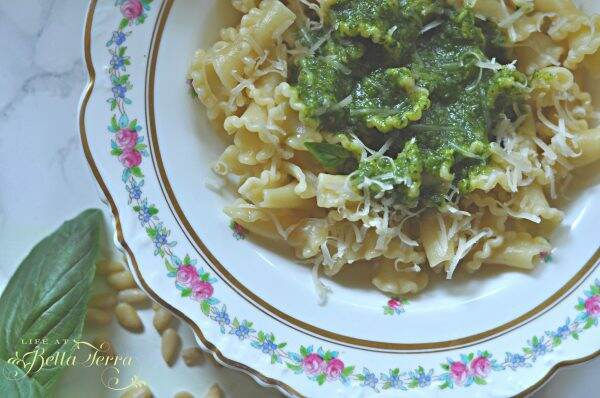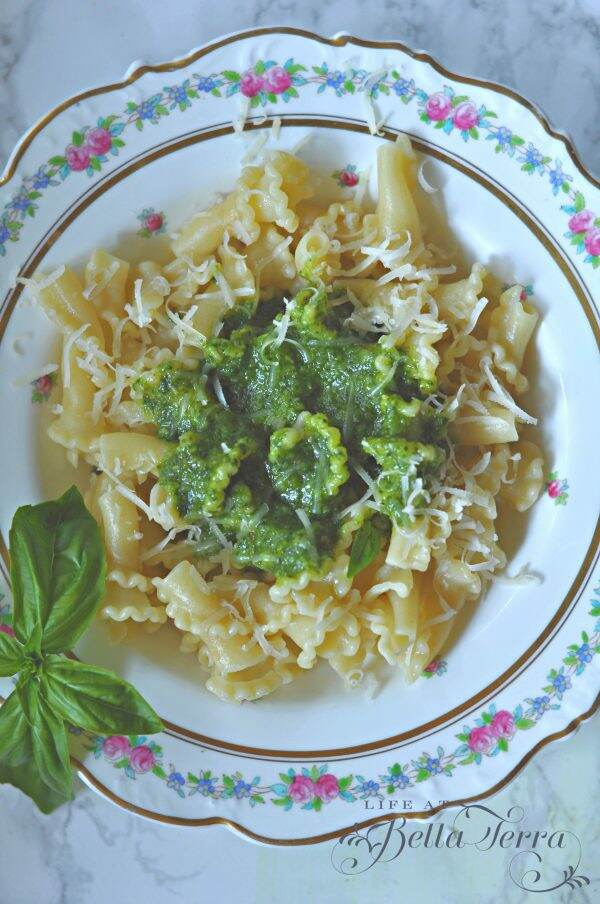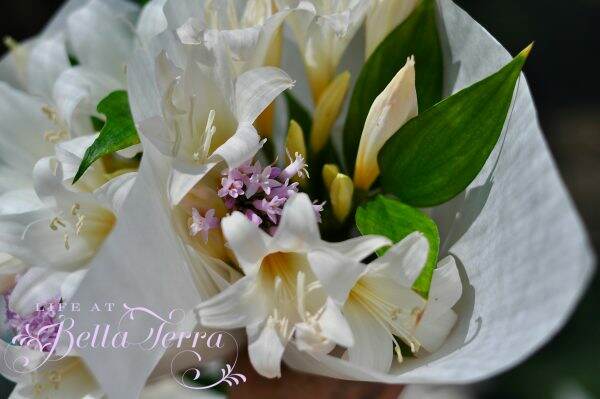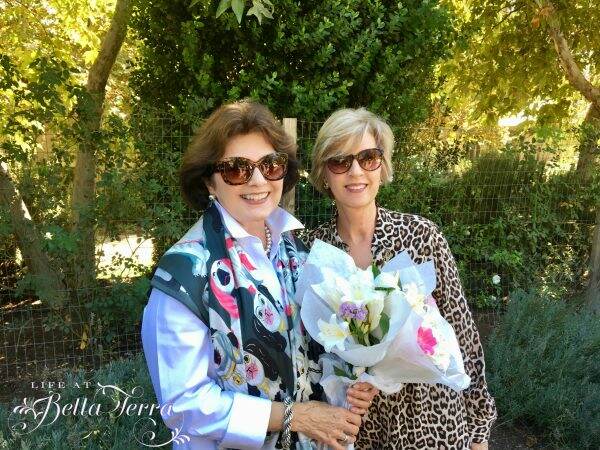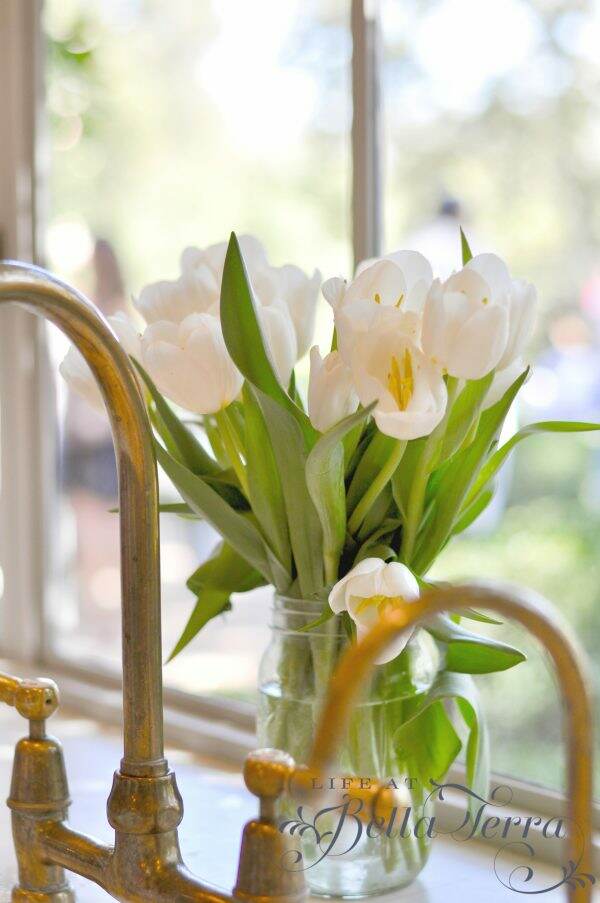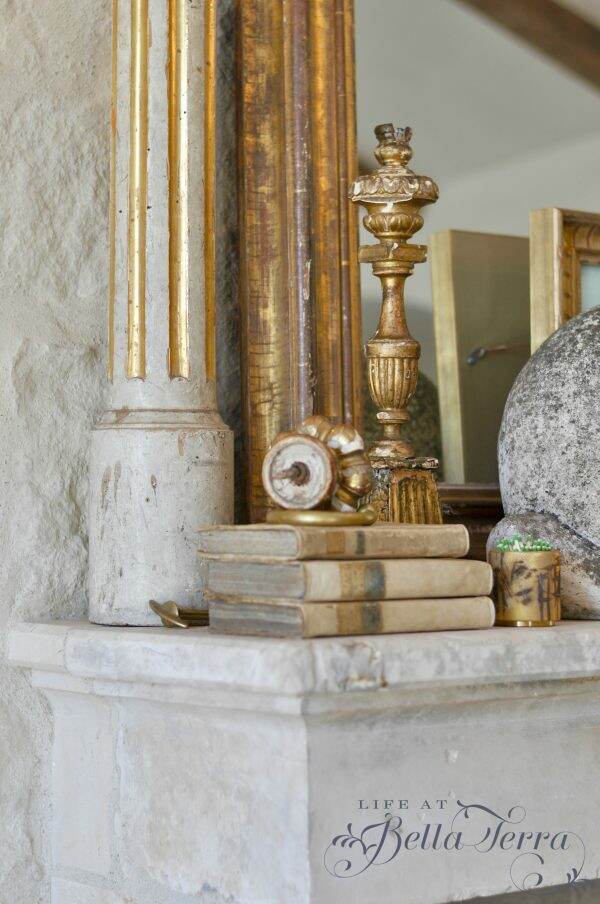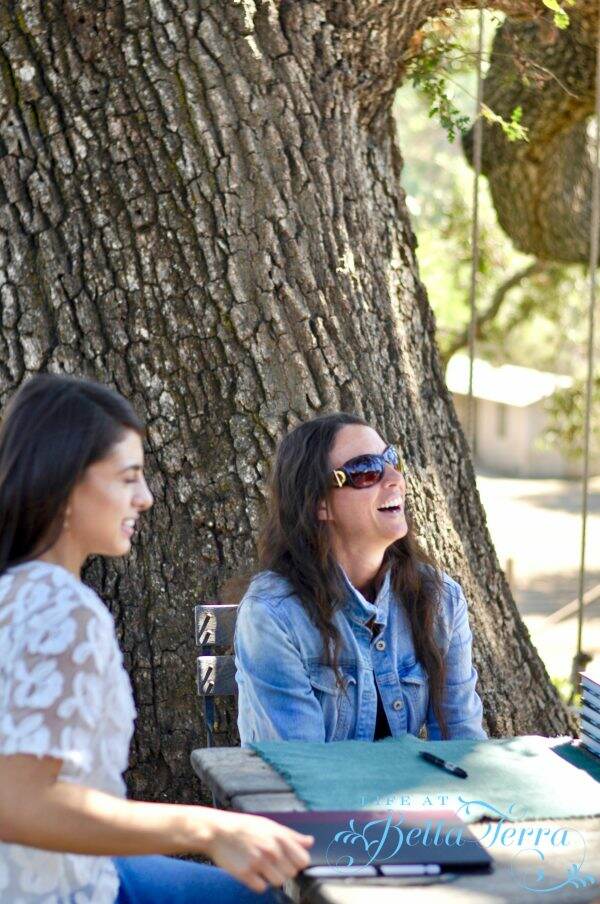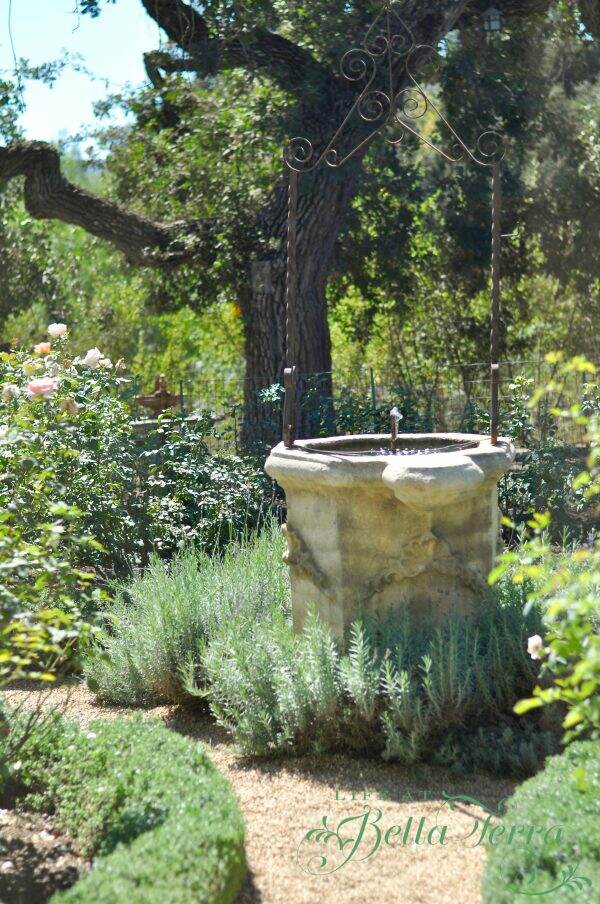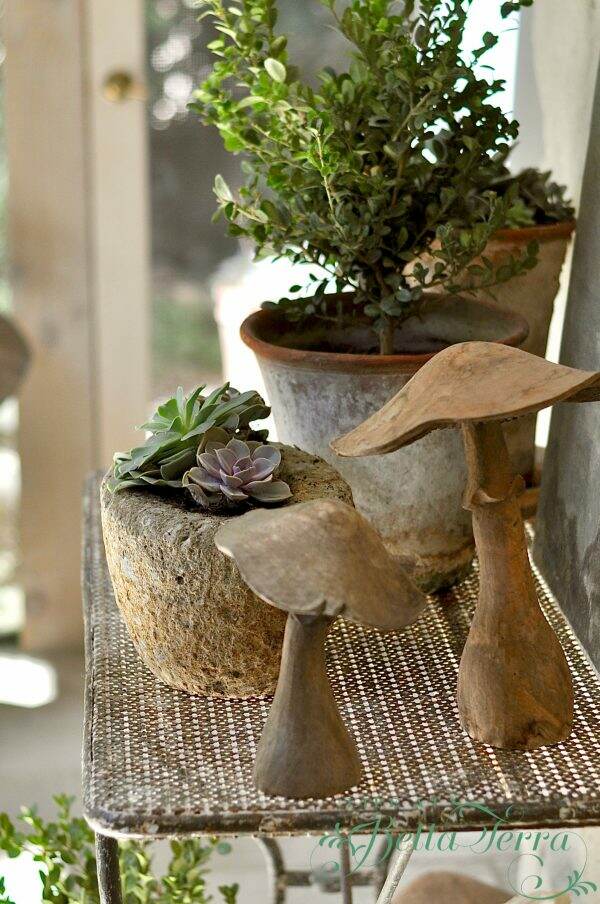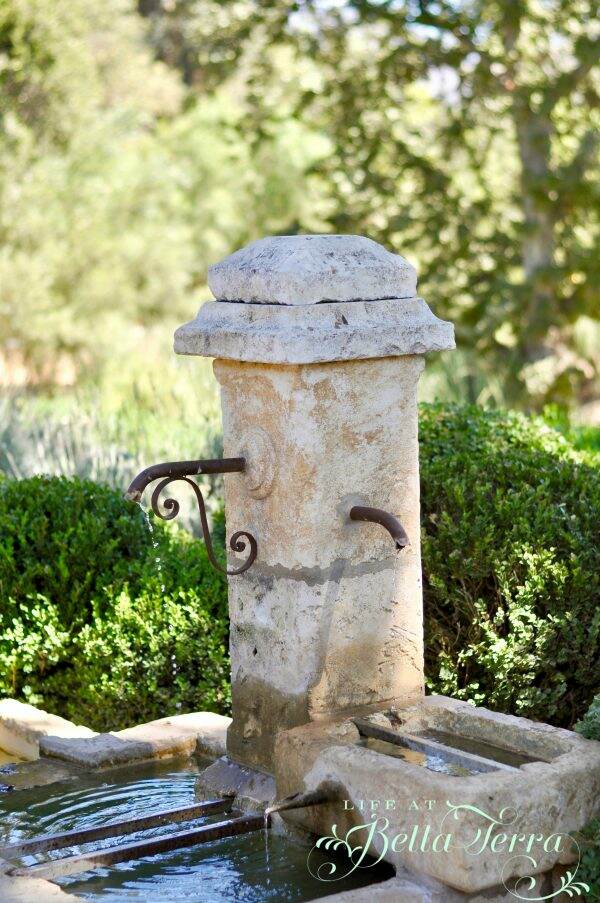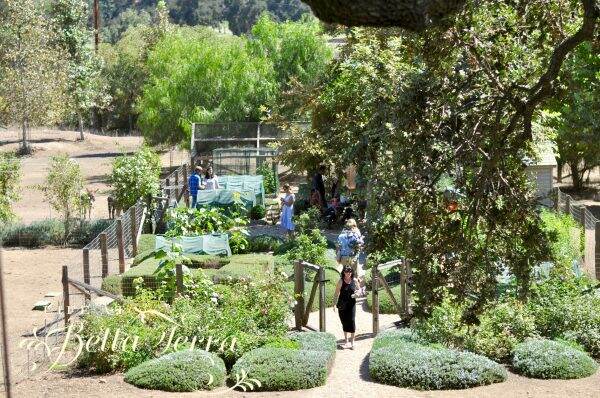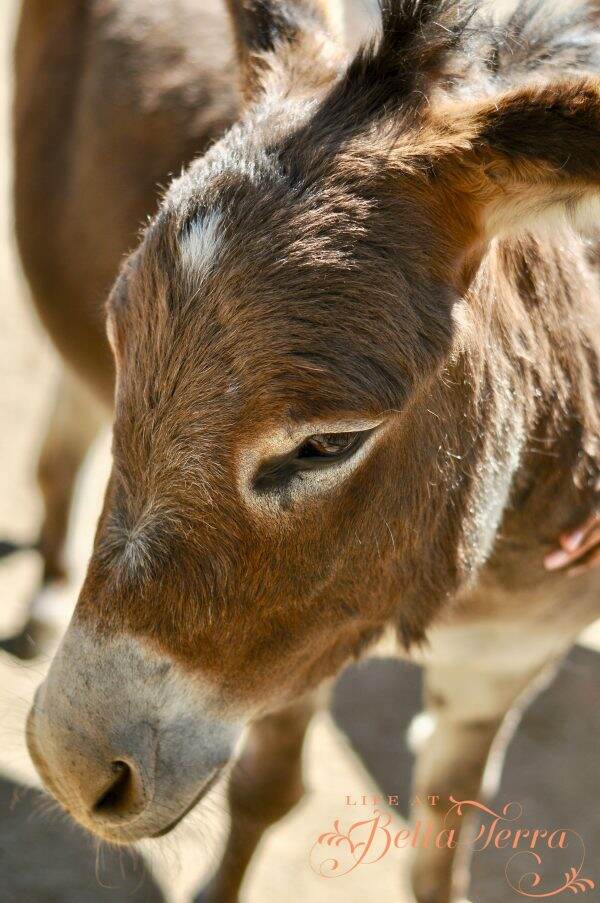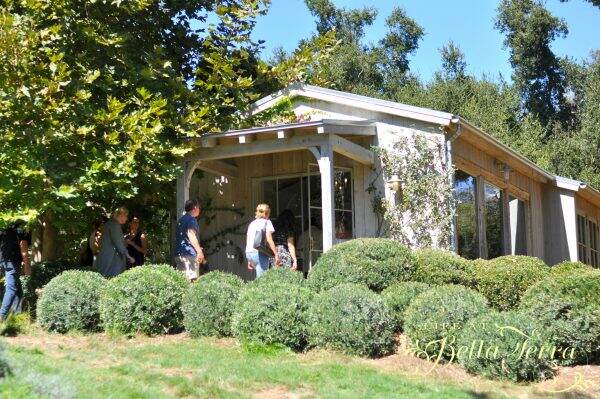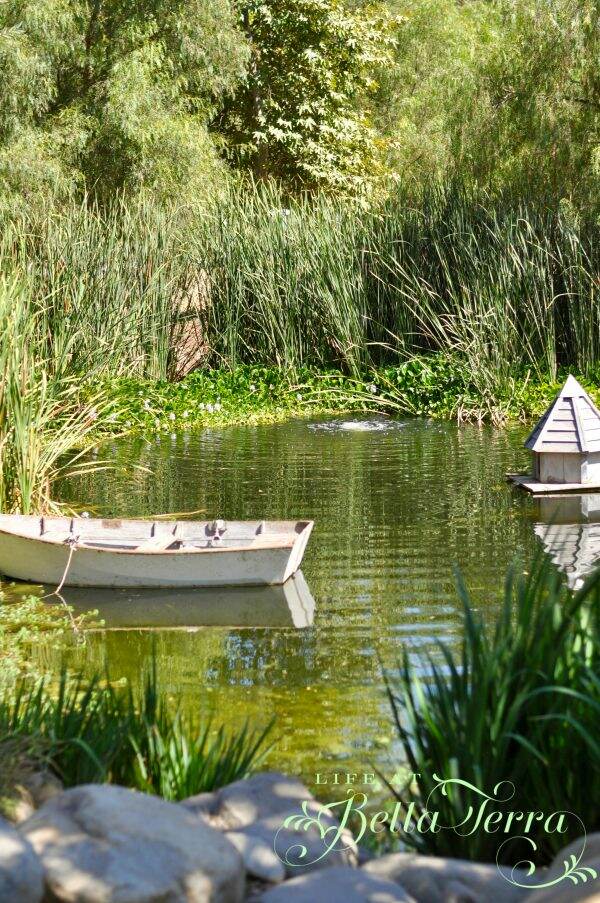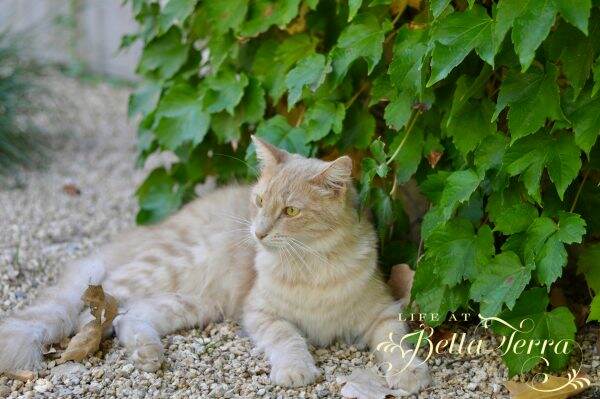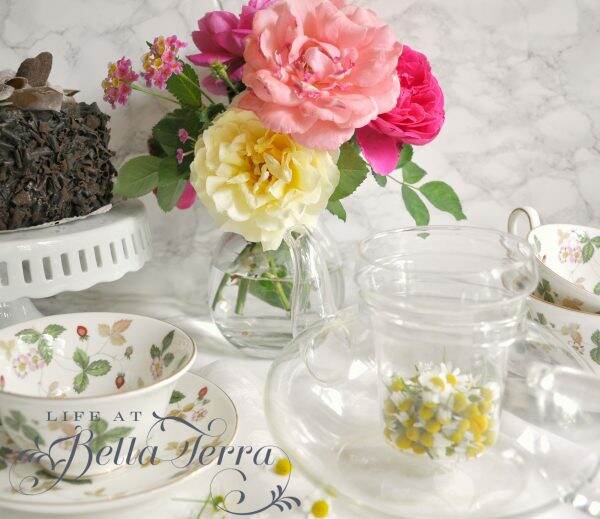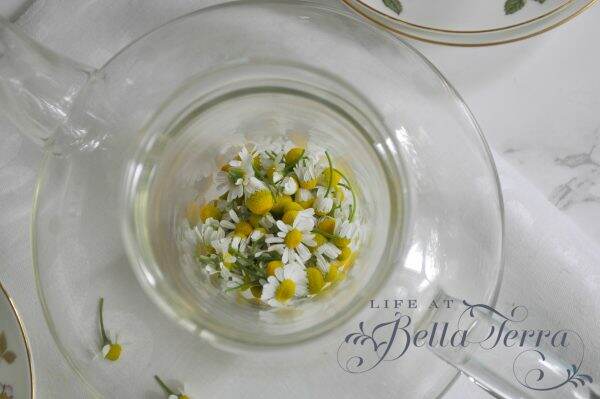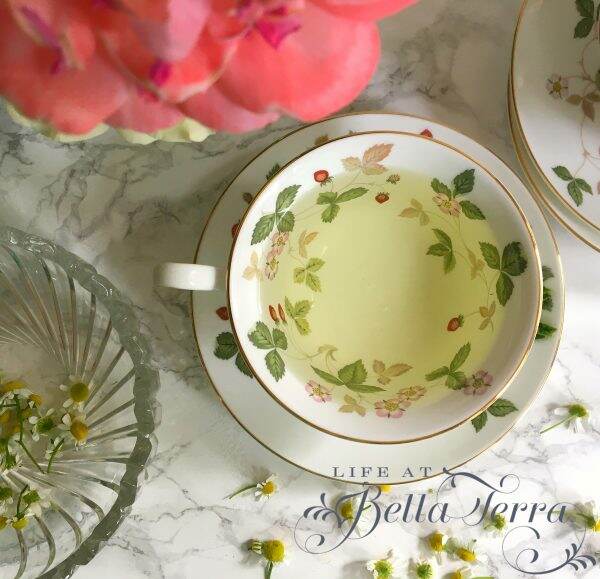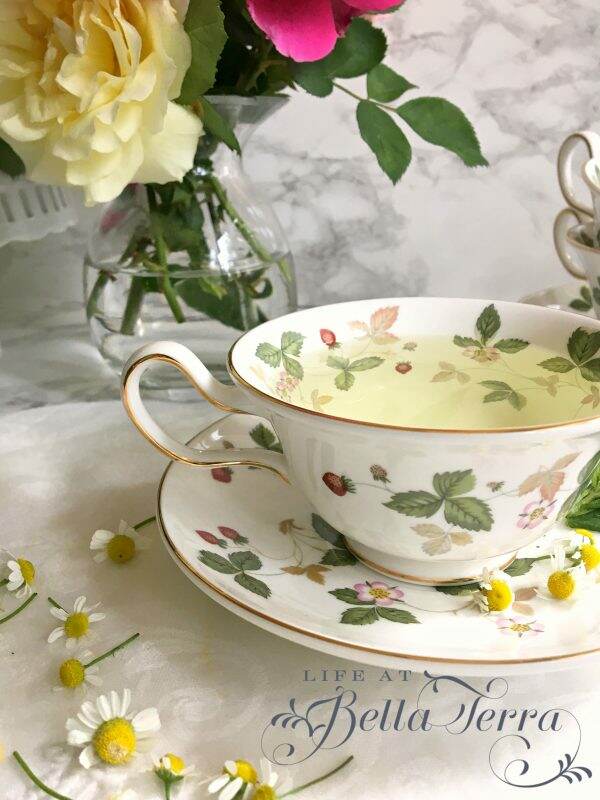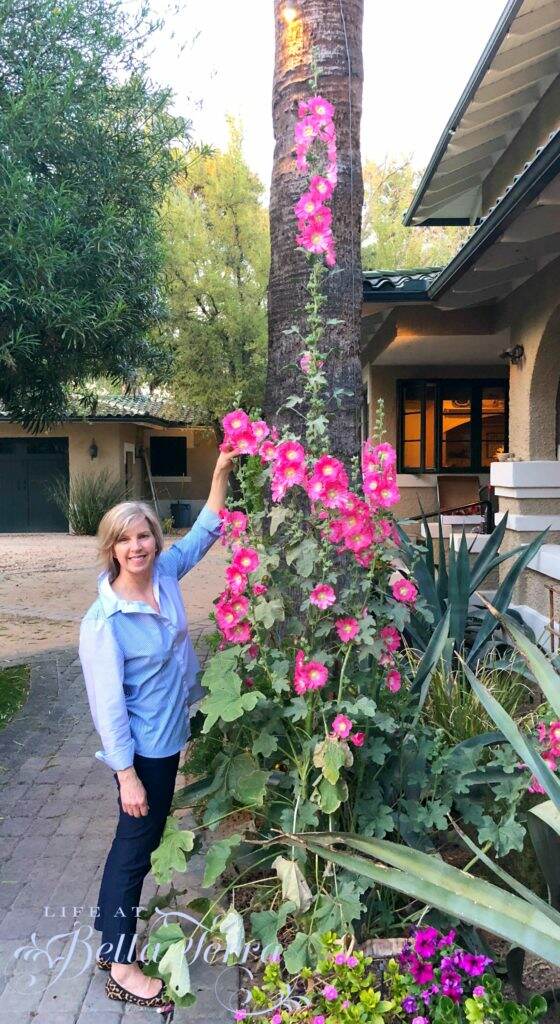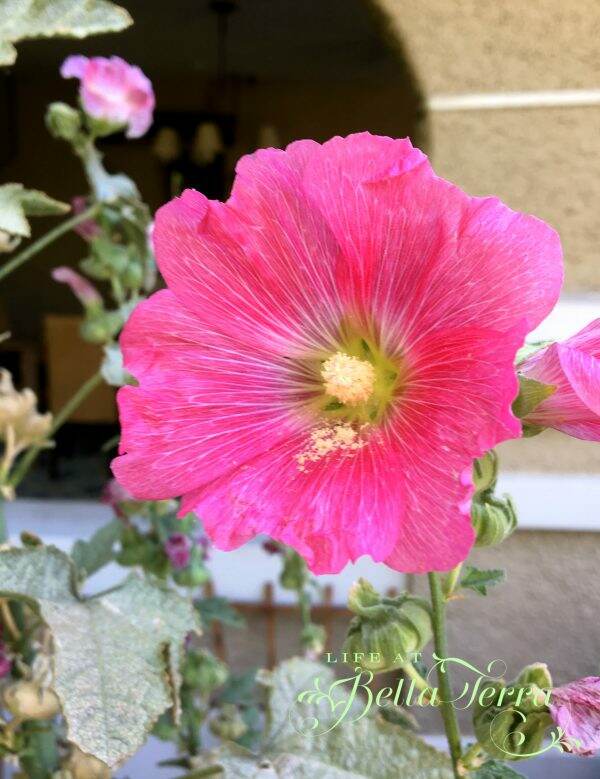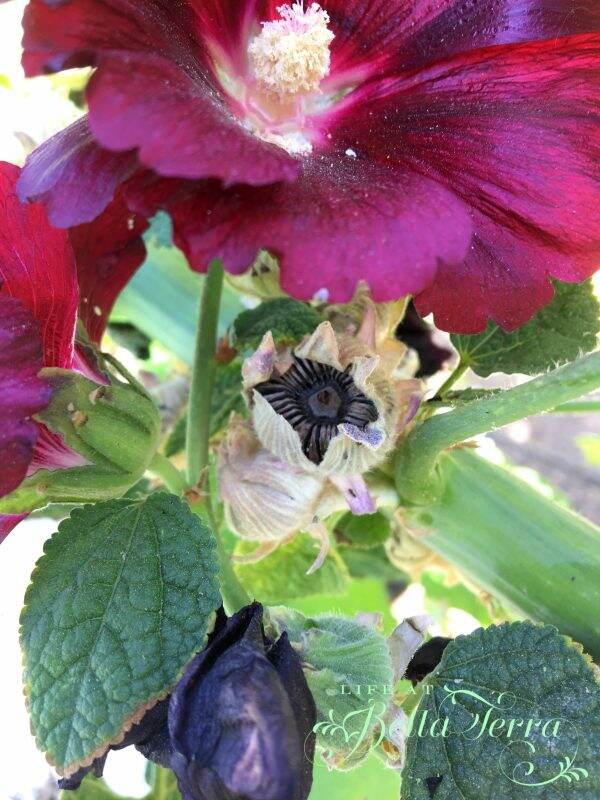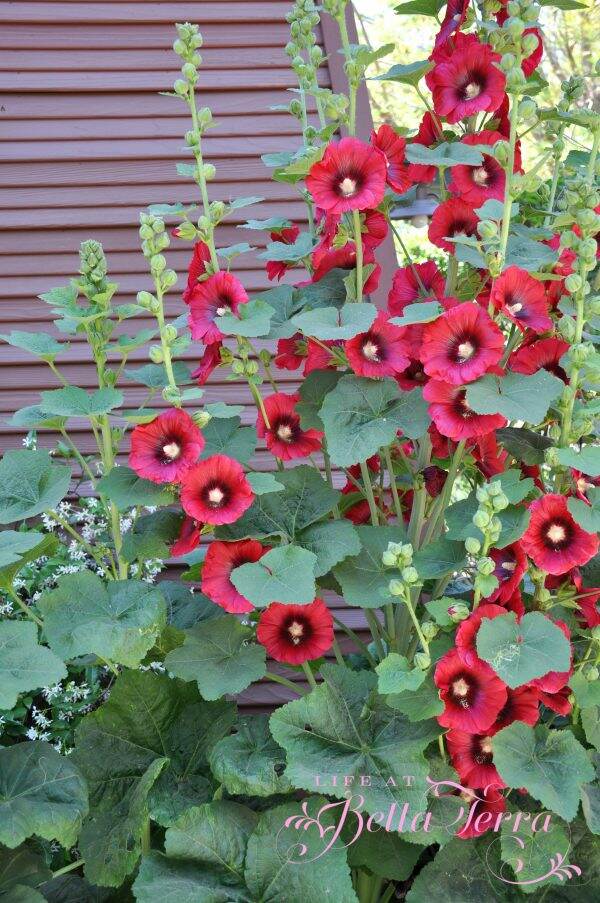The love of gardening is a seed once sown never dies. Gertrude Jekyll
Someone recently asked me if gardening takes a great deal of time…and I’ve been pondering the question ever since.
I’ve been gardening for as long as I can remember. Having a garden was a way to teach my children to understand food doesn’t just appear on a styrofoam tray. Growing something from start to finish takes time, love and is often unpredictable. Many nights we would forage the garden to prepare dinner. My two (now adult) children will be mortified that I am posting this picture of them! Gardening became a family affair.

The hardest part of gardening is GETTING STARTED. I recall feeling intimidated and overwhelmed at first. But it’s really not hard and ANYONE can do it. Plants need 3 things~~food, water and light.
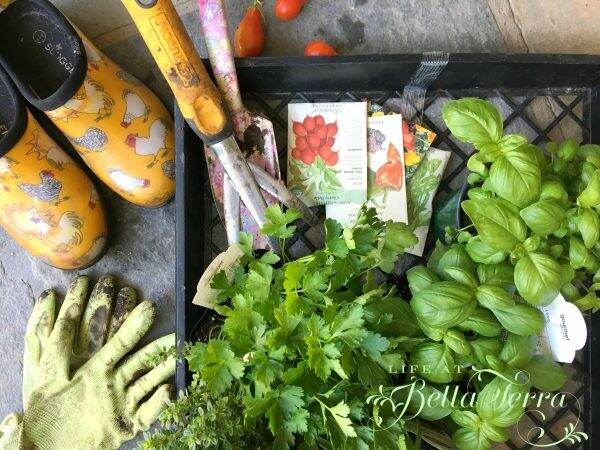
You can start a garden in virtually any container or, if you love it as much as I do, you can set aside a designated area. My garden inspiration was from Susan Branch’s The Summer Book. If you are not familiar with Susan Branch, her books are filled with sweet artwork, stories and recipes.

After years of loosey- goosey gardening, I decided to get serious. I purchased a garden organizer, My Green Thumb by Gail Holmen….a big binder that helped walk me through the planning process. In digging through my notes, I found my original drawing for the garden layout.
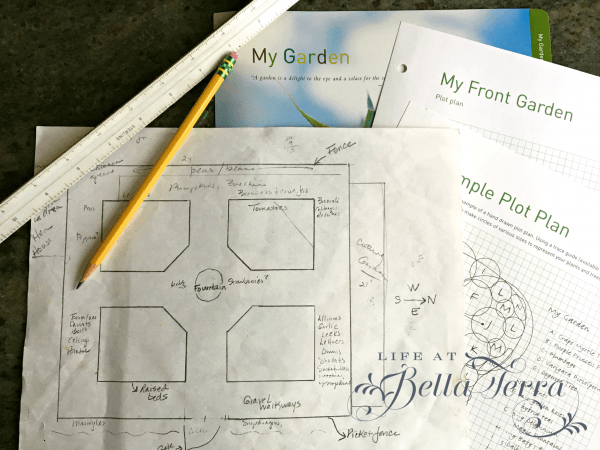
We designated a 16′ x 20′ fenced space adjacent to the hen house (a great place to toss excess greens). In designing our garden, I wanted raised bed planters for ease of planting and harvesting~~less strain on my back. There are 5 planters in total made of concrete block, topped with a brick edge.
The garden gate entrance has a rebar arch with grape vines growing above.

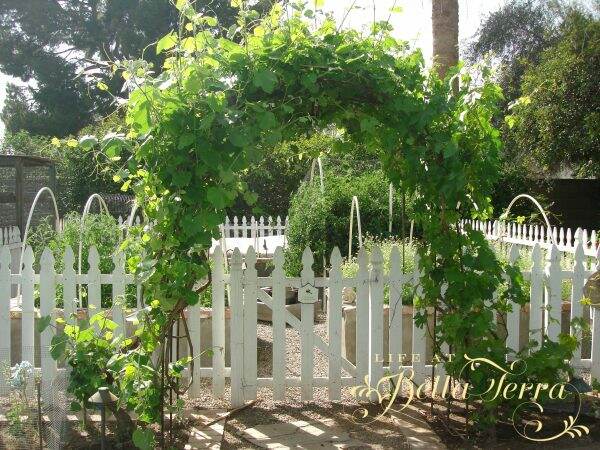

Depending on the time of year, the PVC pipe arches support bird netting, shade cloth or plastic covers. By inserting a 12″ rebar post into the ground, you can bend the PVC pipes to whatever size or height you need and slip it over the rebar.

Due to the high heat in Phoenix, a watering system is critical. Alternately, there are drains in each raised planter so the beds don’t get water logged.
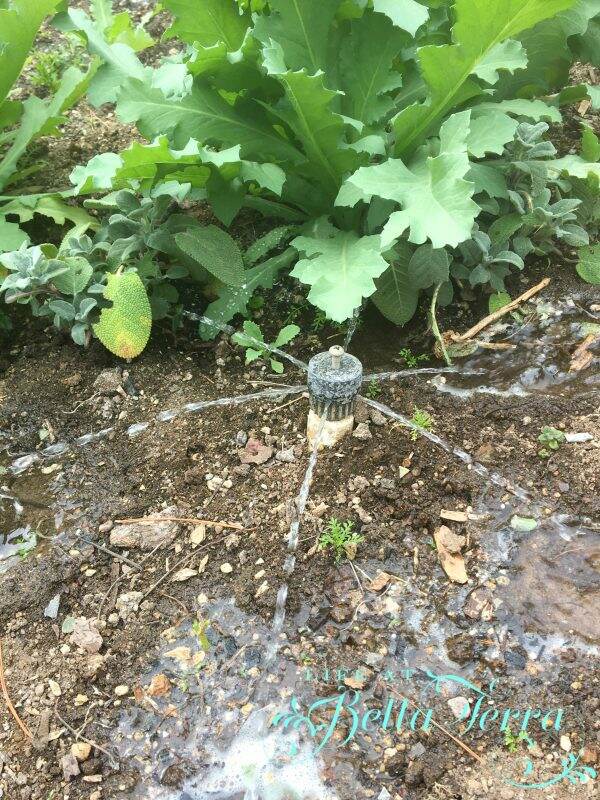
Once the infrastructure of the garden was established, then soil was added. We compost all our natural scraps but sometimes we need to amend with commercial garden soil. Some people don’t turn their soil, but I do ~~this time I found an old garden glove, a plastic pot and previous plastic planting markers buried beneath the surface. Go figure.

It takes a ruthless spirit to yank older plants to make room for a new crop.

Depending on the time of year, I use a combination of seeds and starter plants. Though seeds are less expensive, they do require a bit more maintenance (thinning). Radishes and carrots I grow from seeds; tomatoes from starter plants.
If your plants are root-bound, make sure you break the ball apart and give the roots a fighting chance to spread out. The roots on this plants were so congested that I had to use a knife to loosen them.
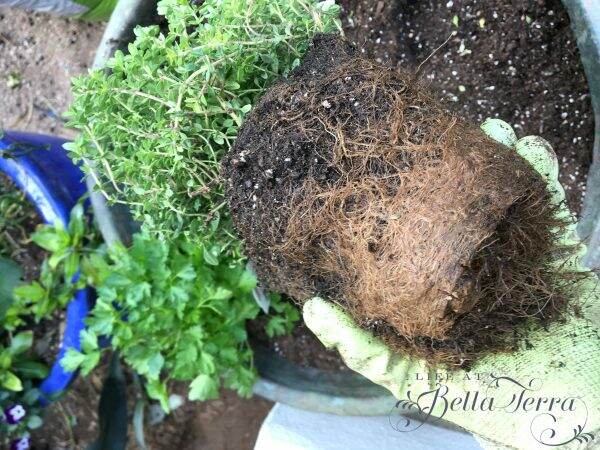
Please make sure to take into account the lighting available to your garden. It took me a few years to figure out the best raised planter to raise tomatoes because they require full sun.

I generally try a new plant or variety each year. This planting season I focused on heirloom tomatoes. Whitfill Nursery has a great selection.

For larger plants, cages or support structures are very helpful. I purchased these resusable cages years ago from Burpee. By the end of the season, you won’t even see the cages! Plus they collapse for storing.

It’s important to select the right plants for the right time of year. Consult your local cooperative extension or nursery to determine your growing zone, plant selection and whether to plant seeds or starters.
Once your garden is started, maintaining it is fun. For me, I spend a few hours at the beginning of a new growing season, but for the most part, it doesn’t require much work. My garden angel takes care of the rest!
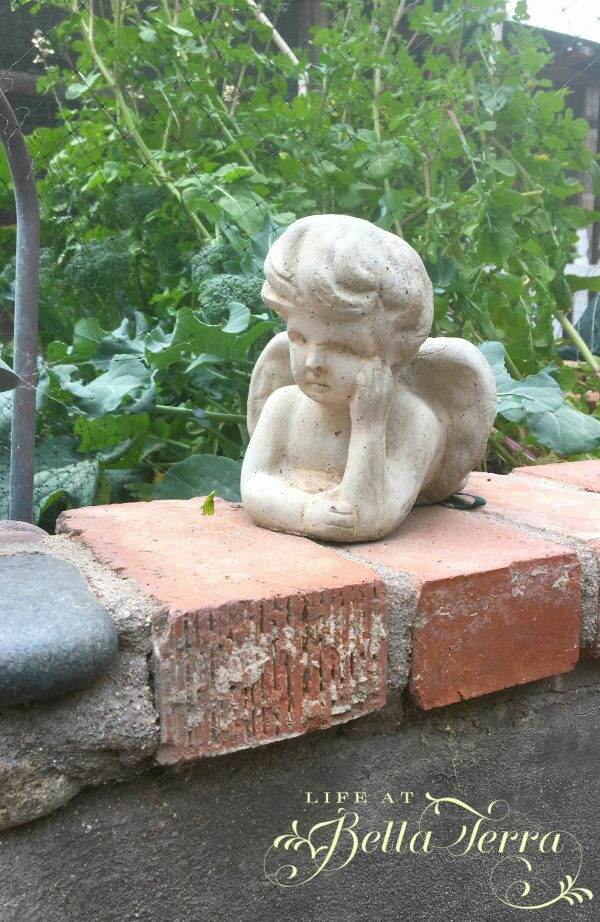
And if you think you cannot grow anything and you have a black thumb, see the picture below. This is red lettuce, growing in my gravel path. No water, not much direct light and it’s growing all by itself!

Gardening for me, is a form of relaxation. When my hands are in the dirt, my mind is quiet and calm. I’m not thinking of ANYTHING else. Connecting with the earth is always good for the soul. So if you have the desire to garden, whether it be in a small container or a plot in your yard, take the leap. There is such satisfaction in picking your own vegetables, fruit or flowers.
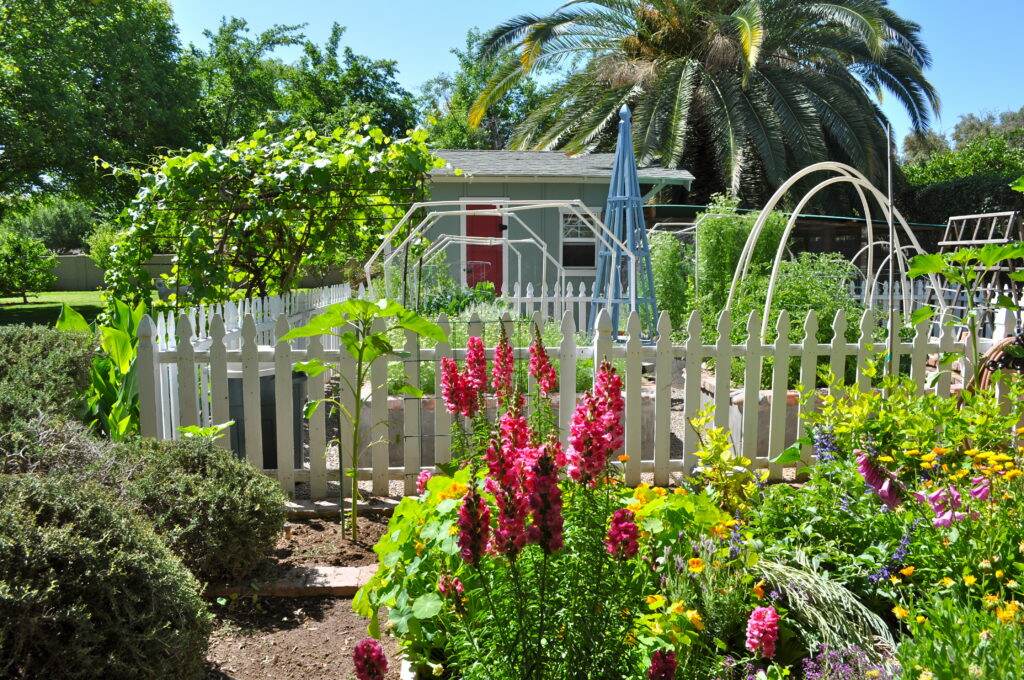
Happy Gardening!


P.S. My garden shoes are Sloggers~~best gift ever from my friend, Janie! They are SO comfortable too.
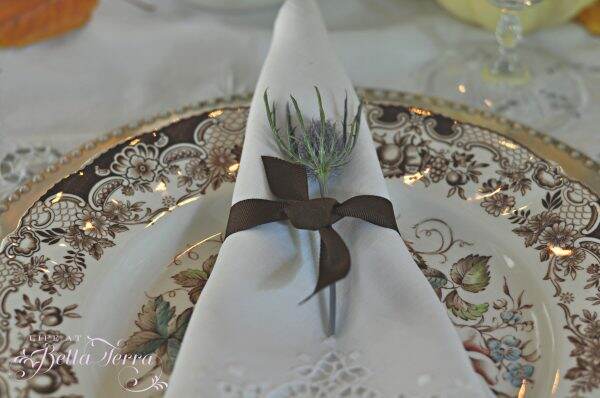
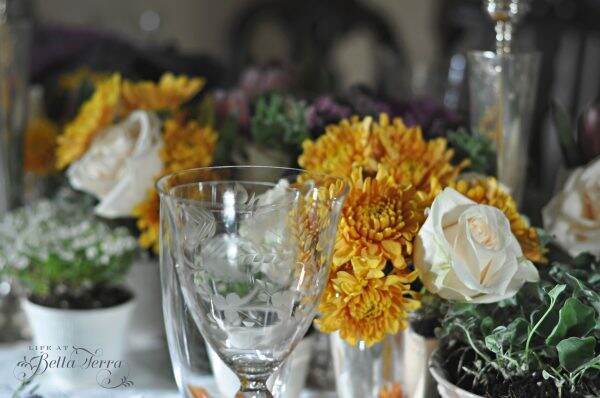
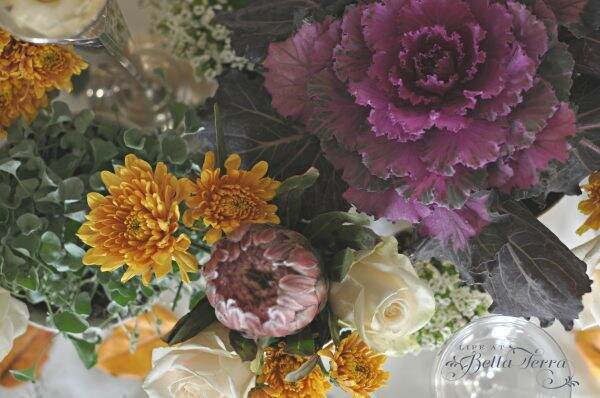
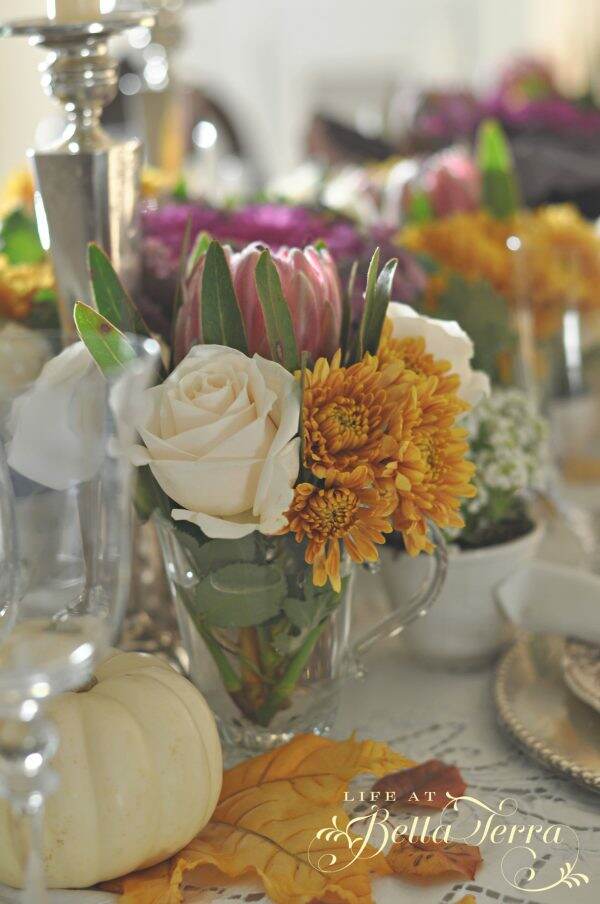

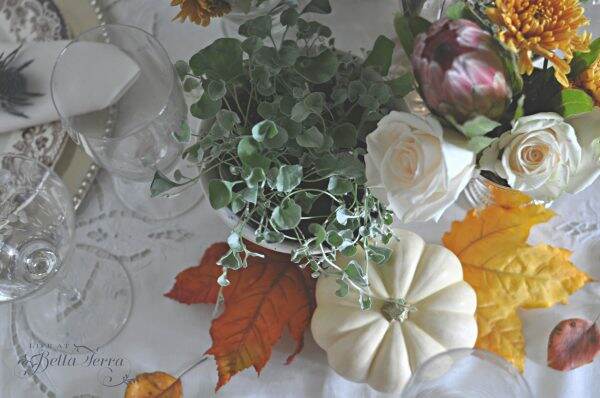
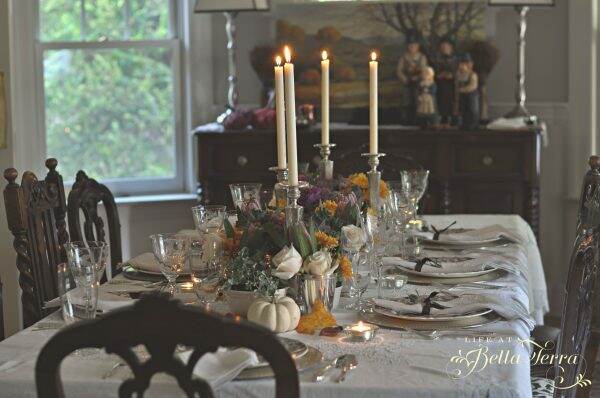
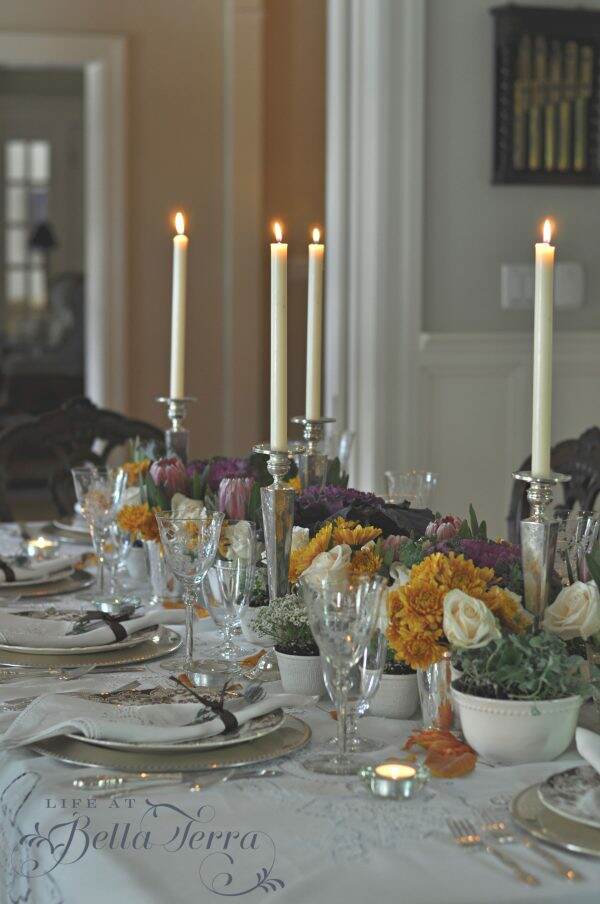


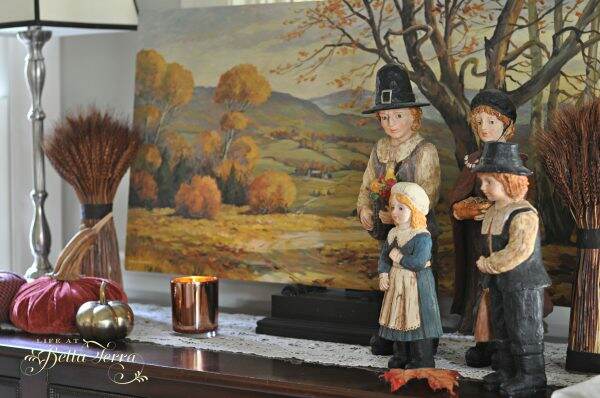
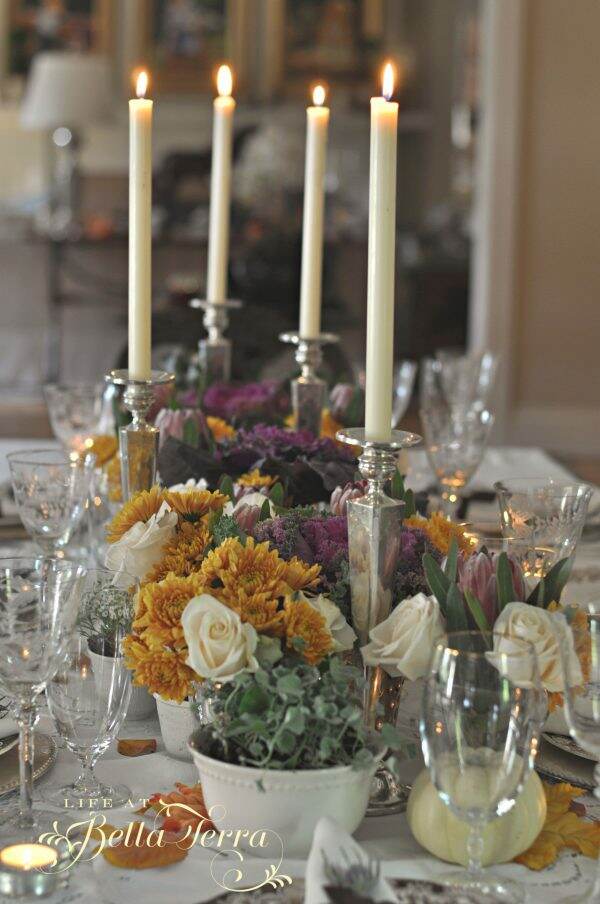
![]()
